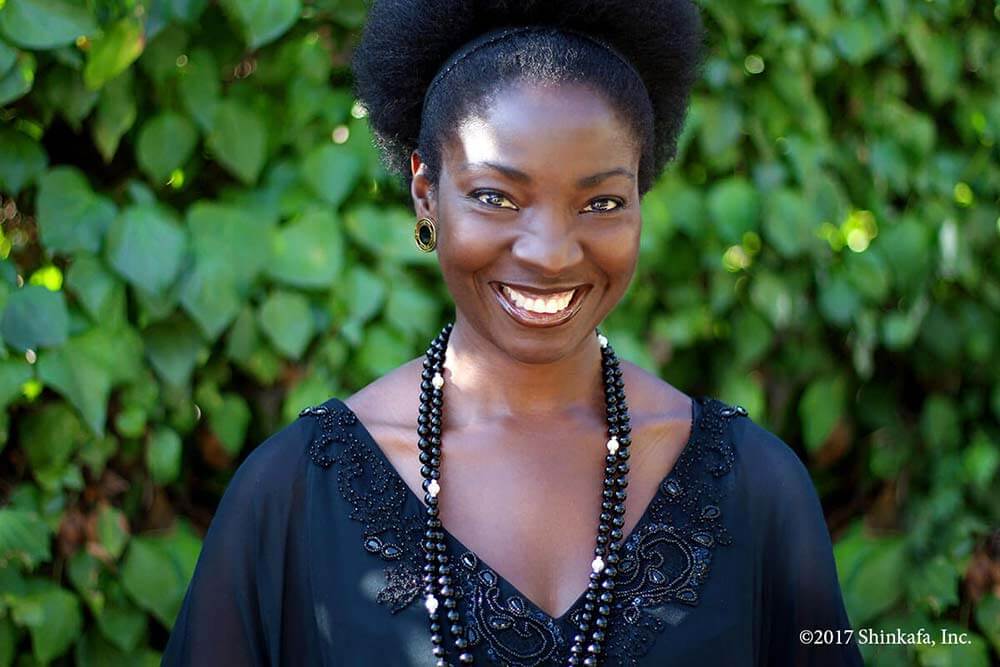
By Ngozi Bolin, Founder, Shinkafa Inc.
Your first and most effective way to immediately strengthen, reconstruct, de-frizz and repair damage to the hair is by using a good hair masque.
Hair Masque, also known as Hair Mask, is a must for anyone who colors their hair, or anyone with dry dehydrated hair, chemically treated hair, brittle breaking hair, fraying ends or anyone with frizzy, puffy, or curly hair. Hair masque in different forms have been around since millennia, especially in Asia and Africa.
What is a hair masque?
The simplest way to define a good hair masque is that it is our hair’s disulfide bond’s “super glue.”
What on earth does that mean?
It means that its job is to glue back, repair, reconstructs and rebuilds broken hair bond making the hair way stronger than it ever was. A good hair masque is also a protein filler color aid.
Do note that this is the job of a good hair masque. There are loads of masques out there that in no way do any of these, but are just glorified deep conditioners. A reconstructing hair masque should be used every two weeks for normal hair, more often for damaged hair and every time you apply hair color. It functions to increase moisture and hydration to the hair, reconstructs the disulfide linkages of the hair’s keratin bonds, helps prevent breakage, minimize or eliminate frizz and helps seal in color while protecting the hair, for a repaired, softer, healthier and stronger hair.
Hair masque must not be confused with a good deep conditioning crème. A hair masque is not the same as a deep conditioner. While both have super conditioning properties, their primary functions and applications differ. The primary function of the deep conditioner is to re-hydrate the hair, while the hair masque reconstructs, repairs and strengthens the hair. A deep conditioner must be used with heat in the form of a hair dryer or a shower cap (for warmth) to release and activate emollients. A hair masque requires some warmth from a shower cap, only, to release its reconstructing properties and needs to remain on the hair for at least 20 minutes for the active ingredients to get into the hair shafts. Sometimes, it is necessary to use both a hair masque and a deep conditioner together, to treat severely damaged, traumatized, chemically treated or colored hair.
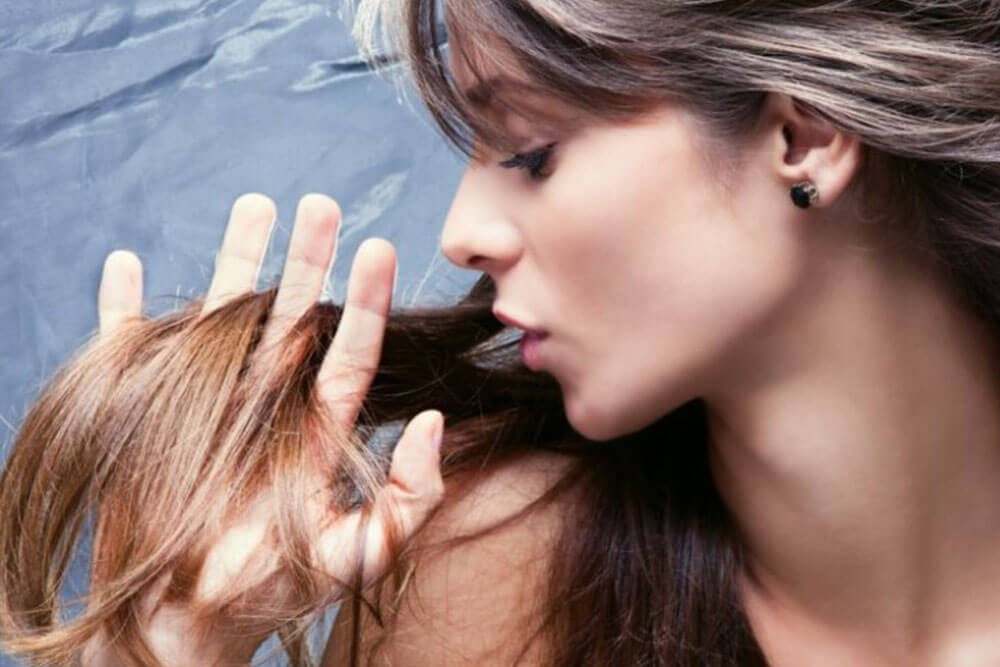
What Are the Benefits Of A Hair Masque?
We all know that hair takes a beating from the sun, heat, styling, brushing, combing, washing, humidity, chemicals, our diet, our health, salt water, chlorine water, UV rays, toxins in our environment and other environmental factors.
So, what do you do when your hair becomes one constant damaged, puffy, dry, tangled, frizzy and traumatized mess?
The solution and your first and most effective way to immediately strengthen, reconstruct, de-frizz and repair damages to the hair is by using a good hair masque. Here is a list of hair conditions that beg for a good hair masque:
- Frizzy hair
- Damaged hair
- Split ends
- Fraying hair
- Hair breakage
- Brittle hair
- Puffy hair
- Chemically traumatized hair
- Relaxed hair
- Thinning hair
- Long hair
- Limp dull hair
- Unruly hair
- Colored hair
There is absolutely no need for anyone to continue to suffer with dry, brittle, straw-like and severely damaged hair, when a good hair masque can deal with those for you every two weeks or weekly for severely damaged hair. For those with split ends, a good trim is your best solution, but a good hair masque will give you some relief by smoothing the hair while preventing future split ends.
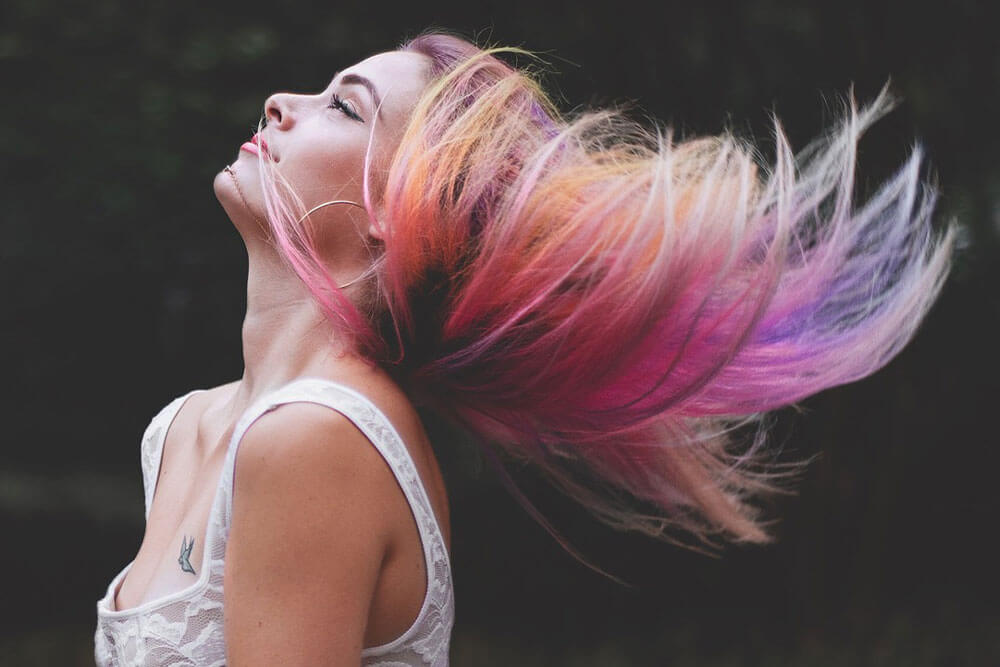
Why Is A Hair Masque Beneficial During Hair Coloring Process?
Coloring or dying the hair already exposes the hair to some very harsh chemicals and trauma. As the coloring process is applied, the hair cuticle is opened allowing for the new color to penetrate the hair cortex. A good hair masque when used as a protein filler during the hair coloring process, restores, reconstructs and repairs hair that is previously damaged through the use active chemical processing, it also protects and strengthens your hair during the coloring process by priming and filling the hair’s porous ends to help seal in the color and help the color last longer. For the men and women that color their hair, it is important to counter the effects of hair color by mixing in a good hair masque during the coloring phase. Colorists love mixing this particular hair masque with hair colors. Some hair colors can be mixed in with the hair masque. Others have to be applied immediately after applying the hair color.
Not all hair masques out there have the proper ingredients to make them useful during hair coloring or to counter the adverse effects of a hair coloring process. There are some notable exceptions of great hair masques that are not just reconstructing, repairing, ultra-conditioning and strengthening hair masques but are also a color aid protein filler. Such hair masques have active proteins to help do these awesome jobs for the hair.
As we age, are exposed to the elements, use more and more hair styling products and abuse our hair, our hair becomes more brittle, frizzy, frayed, dry, breaking and weakened, it is important to incorporate a good hair masque into a healthy hair care routine.
It is also important to integrate a good hair masque with other effective hair care products for the basic health of the hair. Those products must be made of effective and superior ingredients without harmful chemicals. These are some of the products to incorporate into such good hair care regimen: a good dailyleave-in conditioner with biotin, a good deep conditioning crème, an anti-frizz detangling keratin shampoo or the charcoal version of such anti-frizz detangling shampoo. That is to ensure a soft, hydrated, de-frizzed, smooth, shiny, bouncy, healthy and strong manageable hair.
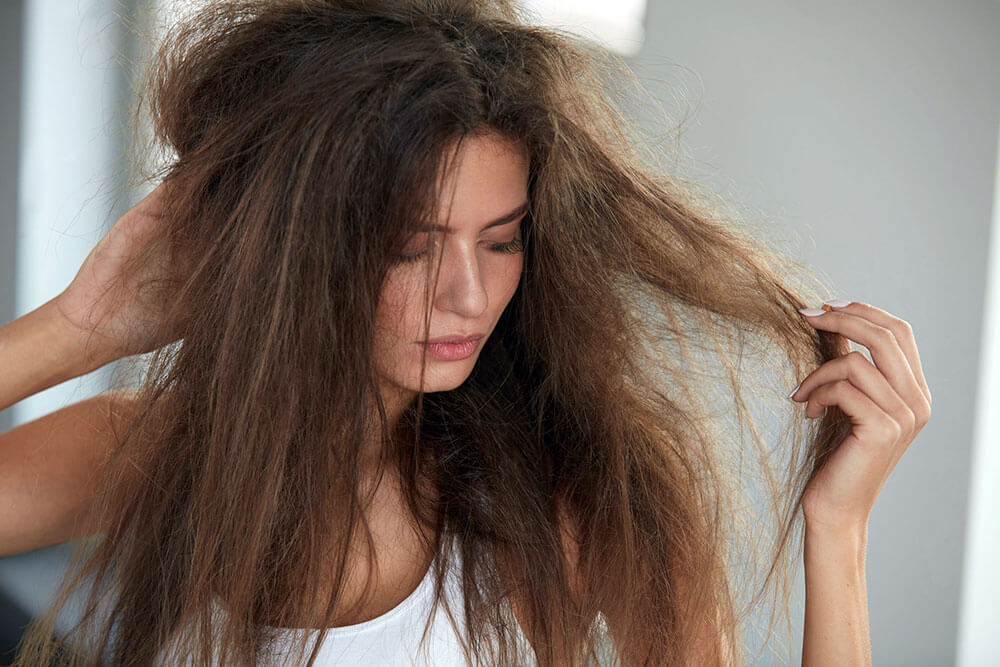
How To Use A Hair Masque To Reconstruct The Hair
For the hair masques that we recommend, the proper directions are:
- First, shampoo the hair with a good shampoo with charcoalor without charcoal. We recommend shampoos without sulfates, parabens or harmful chemicals. Towel dry.
- Then apply enough of the masque’s sticky solution on the entire hair’s length – enough to saturate the hair.
- Massage the masque through from roots to tips. To avoid dripping, use a cotton salon coil to form a barrier between the hair and the face and neck, then put on the shower cap.
- Cover hair with shower cap and leave on for 20 minutes.
- Rinse out thoroughly and style as usual. No conditioner is needed in the shower as part of the wash. Your hair is deeply conditioned. It is a good practice, however, to use a leave-in conditioner after towel-drying the hair, before styling or simply letting the hair dry naturally, especially a leave-in conditioner with sun and heat protection.
Mixing ratios of masque with color and other points of note:
- Mixing ratio is 2 to 1. Two parts color to one part masque.
- If the coloring product’s instructions direct that you not mix anything into the color, then masque immediately after the coloring process and style as usual.
- Always masque one week after hair color to strengthen the hair and avoid damages that the coloring process may bring.
- For normal masking, masque must fully saturate the hair. It is best to use the masque after shampooing as it opens the cuticles enhancing the hair’s ability to receive proper nutrition that the masque provides. If you are masking on a dry hair, you must leave the mask on longer by at least 5 minutes, then immediately shampoo and conditioner your hair.
It is also okay, but not preferred, to apply a hair masque to dry hair and for these types of masques, you must shampoo and condition after using the hair masque. We believe optimal benefits are achieved when you shampoo the hair first as the hair’s cuticles are opened and in a better condition to receive the nutrients provided by the masque. However, since applying on dry hair may make it easier for some to use the masque more often, which is a good and healthy practice for the hair, you must leave the masque on for at least five minutes longer for the hair to absorb the nutrients.
There are some hair masques that actually require that you shampoo and condition afterwards. Be sure to follow their instructions, because failure to do so could result in some unpleasant residue and odor. A lot of home-made hair masque recipes will require you to shampoo and condition after applying the treatment. When the hair masque requires that you shampoo afterwards, it is critically important that the shampoo and conditioner have no harmful chemicals, are not harsh and have no sulfates or parabens; otherwise, you will undo the benefits of the hair masque you’ve just applied.
While there are folks that leave their hair masques on overnight, it is not a practice that we at Shinkafa, Inc. will recommend, because, while no damage is done, it may make the hair too heavy for certain hair types, we are not aware of any added benefits and do not believe it is a healthy idea to sleep with a damp or wet head of hair. There is also the matter of mold which can form within 24 to 48 hours given the right conditions.
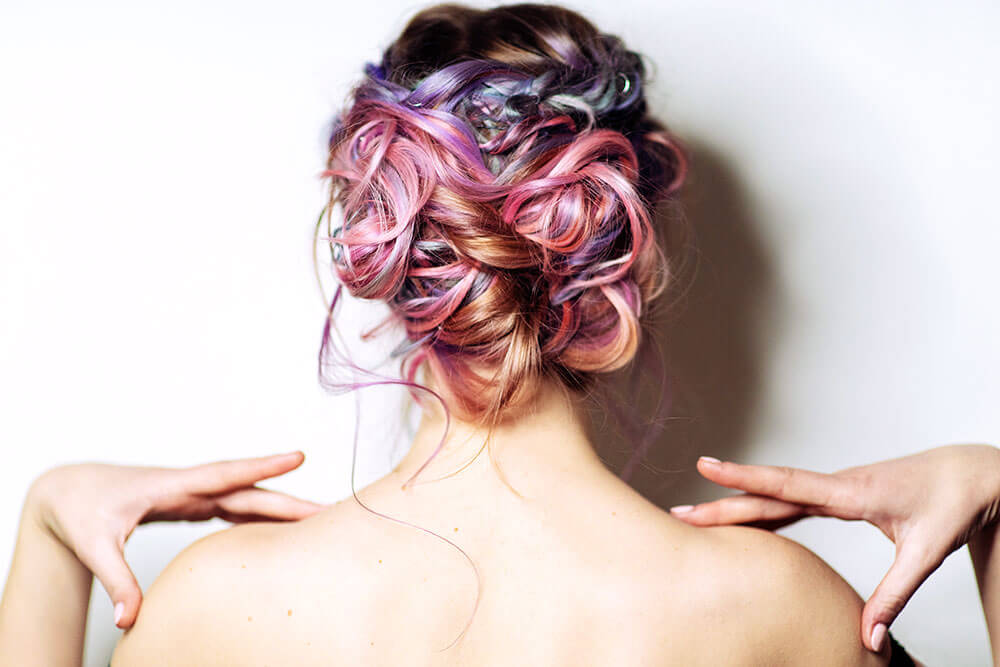
How To Use A Hair Masque As a Color Aid, Protein Filler During Hair Coloring
For this application as a color aid, we will use the Shinkafa Keratin Hair Masque as our masque. Here are the directions for use:
- Add equal part ofthe Shinkafa Hair Masqueas a protein filler into equal part of your hair color mixture, then mix.
- Next, apply this new mixture as you will normally apply your hair coloring. Be sure the mixture is on the hair for at least 15 minutes to allow it to do its work. Use a cotton beauty coil to avoid dripping.
- Then follow the rest of your coloring routine, including shampooing your hair until the water runs clear from your coloring.
How Often Should You Use A Hair Masque?
For very badly damaged hair, start with once a week for the first month. There should be substantial improvement to your hair by the end of the first month. Once there is improvement in the hair’s repair, then, do every two weeks. Those with normal hair should use a hair masque every two weeks and when they color their hair. It is not advisable to use a hair masque more frequently than these intervals as you can unnecessarily weigh down your hair and for those with naturally thick hair, that could make the hair way too thick for your liking. Just follow the intervals discussed and you should be happy with the resultant healthy, reconstructed, soft and strong hair.
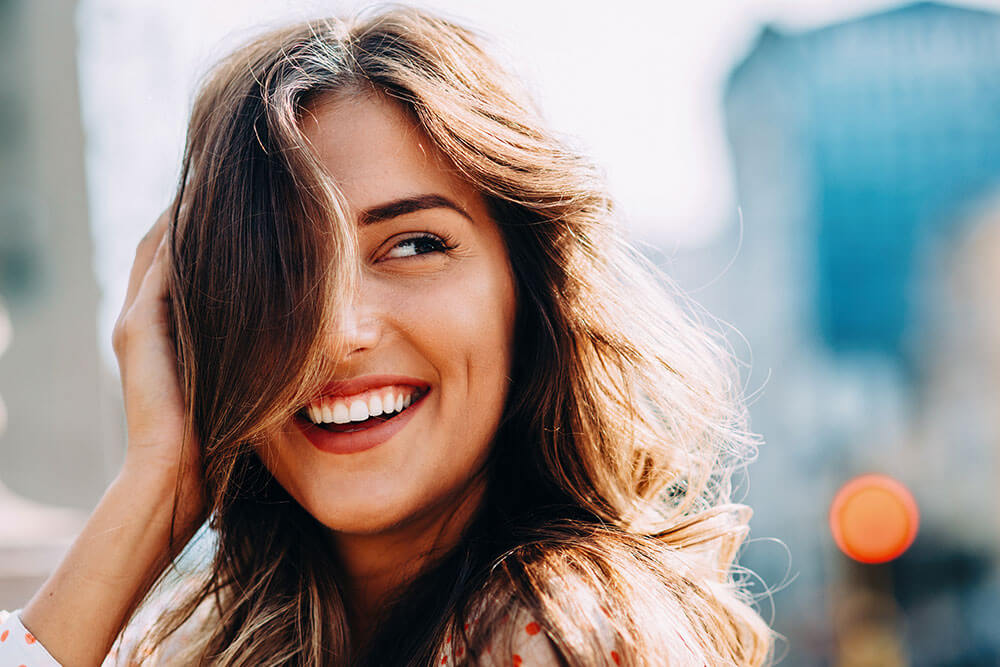
Healthy Tips
There are folks that love to change their hair color at a whim. It is fun to be able to do that. However, the hair takes a beating from the constant assault on the hair’s cuticle ultimately wears away the cuticle, reaches the hair cortex causing breaking, frayed and damaged hair. It is beneficial for those that use a lot of heat, chemicals, color and processing on their hair, to give the hair a good masque treatment a week before the chemical treatment and a week afterwards. Your hair will thank you.
A Must Have for Healthy Hair
A good hair masque is truly indispensable to a healthy head of hair. It can deliver soft, repaired, reconstructed, manageable, smoothened, tamed, de-frizzed, strong, hydrated and deeply conditioned healthy hair. It can enhance your hair color and repair damages to the hair while protecting the hair against future damage. So, if a hair masque has not been part of your hair care routine, perhaps, this will be a good time to reconsider and pick up a bottle for a happy hair.


